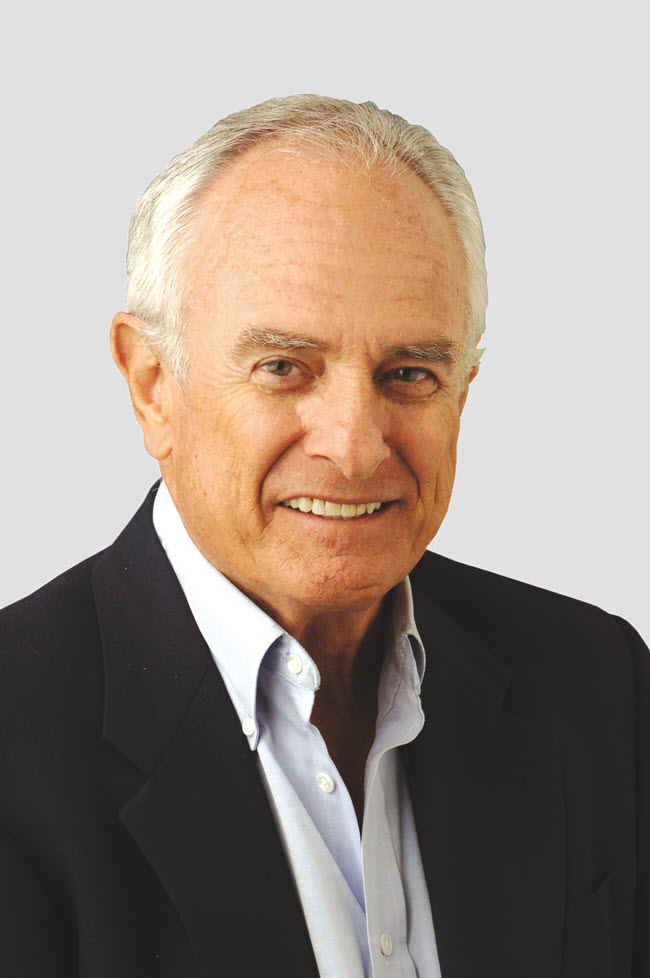
What Vince Dooley meant to me is what he meant to the University of Georgia in the early ’60s and what his leadership brought about.
If you evaluate Georgia’s football situation in late 1963, when he was hired, you easily conclude that athletics at the state university was enveloped in sodden dire straits’ atmosphere.
The great University of Georgia had fallen on the hardest of times. It had one of the prettiest stadiums in America but little else. The prestige and the winning tradition of the ’40s had given way to the doom and gloom of the ’50s.
In addition to losing eight straight years to Georgia Tech, Georgia was playing on the road for a bigger check. The budget, relatively speaking, was as stark as it was in the Depression years. Yet the UGA constituency held the belief that it could regain the prominence it once enjoyed when Wallace Butts was known as the “Bowlmaster” and a pioneer with the passing game.
Butts did finish his career with a flourish in the late ’50s, winning the SEC title in 1959 and the Orange Bowl behind the precociousness of quarterback Fran Tarkenton during the challenge of the one-platoon rules era, which set the college game back and paved the way for the National Football League to gain a universal toehold as it teamed with television to capture the fancy of football fans across the country. Butts concluded his career with four straight wins over Tech but nonetheless retired under pressure.
Johnny Griffith followed Butts as coach with the deck stacked against him. Then there was the Butts-Bryant episode with Saturday Evening Post accusing Butts and Alabama’s Bear Bryant of fixing the 1962 Georgia-Alabama game, which helped bring about the demise of the magazine as Butts won his big-time lawsuit versus the magazine.
All the time, the president of UGA. Dr. O. C. Aderhold was attacked by alumni with the hue and cry for him to hire an athletic director and let him run the show. That is exactly what happened. Aderhold hired Joel Eaves, the basketball coach at Auburn, who was greatly miffed by the way he was treated at his alma mater and was eager to leave which led to his becoming athletic director at Georgia. This led to his hiring an unknown Vince Dooley which brought about a Depression with Georgia alumni near equal to the one which took place following the stock market crash in October 1929.
You would have to have gone through this to fully appreciate Dooley’s time in Athens. Give Eaves credit for choosing Dooley. Although he was the basketball coach at Auburn, he had coached football all his college career and was still scouting opponents, which became a big issue with Eaves. He thought he had done that enough at Auburn. Eaves would wear out his welcome with the political power structure in the state of Georgia, but that is another story.
From the start, Eaves communicated with Dooley on all football matters, but had the final word on everything. Vince would chafe under his breath when Eaves, driven by the austere circumstances dictated that a staff member get the last seat on the plane for an out-of-town game instead of an extra linebacker.
Nonetheless they were compatible, stuck to themselves socially and underscored fundamentals across the board, but especially Vince with football—the running game, the kicking game and hard-nosed defense. Right away Dooley ball served Georgia well. The upstart Bulldogs won six games, which included a 7-0 victory over Tech Between the Hedges, losing only three and tying one. That brought about a Sun Bowl invitation in which the Bulldogs defeated Texas Tech, led by the great Donny Anderson, 7-0 for a seven-win season.
The worm had turned.
Following that serendipitous season, Vince and his staff recruited a bumper crop of talent that included Bill Stanfill, Jake Scott, Billy Payne and others that became the nucleus of the SEC championship teams of 1966 and 1968.
Dooley ball led to the decking of the stadium following the ’66 season. Dooley ball begat expansion after expansion until its present-day capacity of 92,746.
There was facility expansion under Dooley for other sports, there was money in the bank and Georgia’s prestige zoomed up to lofty status. There was a pratfall or two along the way, namely the Jan Kemp debacle and the Michael Adams dispute, but Vince did what he could do behind the scenes with the Kemp trial to help Georgia navigate troubled waters and took the high road in Adams’ recalcitrant stance regarding Vince’s tenure as athletic director.
Vince moved Georgia to the head of the class in so many ways, most of all, he made the worst of times the best of times. That is what his legacy means to me.
